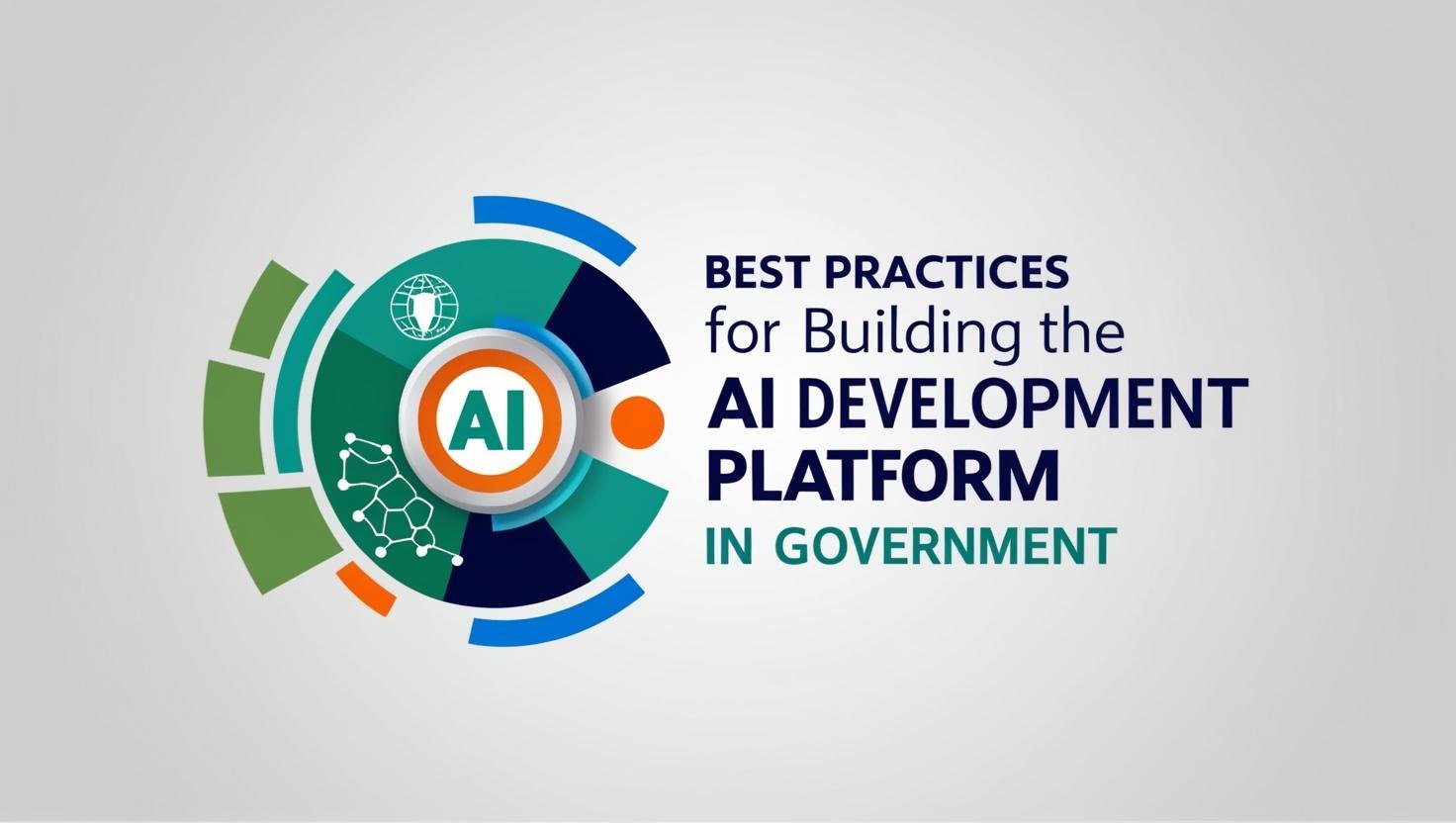AI in Hiring: Balancing Innovation with Fair Employment Practices
In today’s rapidly evolving workplace, AI has become an integral part of hiring processes, from writing job descriptions to conducting automated interviews. However, as Keith Sonderling, Commissioner with the US Equal Opportunity Commission, recently warned at the AI World Government event, this technology must be implemented thoughtfully to avoid widespread discrimination.
The Rise of AI in HR
“The thought that AI would become mainstream in HR departments was closer to science fiction two years ago, but the pandemic has accelerated the rate at which AI is being used by employers,” Sonderling noted. With virtual recruiting becoming permanent and the “great resignation” leading to massive rehiring efforts, AI’s role in employment decisions has never been more significant.
The Double-Edged Sword of AI Hiring Tools
While AI has been gradually integrated into various hiring tasks over the years—from chatting with applicants to predicting job acceptance and employee performance—Sonderling emphasizes a crucial point: “Carefully designed and properly used, AI has the potential to make the workplace more fair. But carelessly implemented, AI could discriminate on a scale we have never seen before by an HR professional.”
The Training Data Dilemma
A key challenge lies in the training datasets used for AI hiring models. When companies use their current workforce data for training, they risk perpetuating existing biases. Amazon’s experience illustrates this problem perfectly—their 2014 hiring application had to be scrapped in 2017 after discovering it discriminated against women due to training data that reflected male-dominated hiring patterns from the previous decade.
Legal Implications and Compliance
Recent developments highlight the serious consequences of discriminatory hiring practices:
- Facebook agreed to pay $14.25 million to settle civil claims regarding discrimination against American workers in their PERM program
- The EEOC maintains that excluding people from the hiring pool or downgrading protected classes violates federal law
Solutions and Best Practices
Companies like HireVue are leading the way in developing bias-mitigated hiring solutions. Their platform follows the US Equal Opportunity Commission’s Uniform Guidelines and employs various strategies to prevent discrimination:
- Regular review and diversification of datasets
- Active monitoring and mitigation of bias
- Removal of data that could contribute to adverse impact
- Focus on maintaining predictive accuracy while promoting diversity
Broader Implications for AI Development
Dr. Ed Ikeguchi, CEO of AiCure, emphasizes that bias in AI extends beyond hiring. He advocates for:
- Greater access to diverse training datasets
- Implementation of governance and peer review processes
- Continuous algorithm development and learning
- Industry-wide transparency about AI training methods and conclusions
Moving Forward
As AI continues to transform hiring practices, organizations must strike a balance between innovation and fairness. This requires:
- Careful vetting of AI solutions and vendors
- Regular monitoring of outcomes for potential bias
- Commitment to diverse and representative training data
- Transparent processes and willingness to adjust systems as needed






